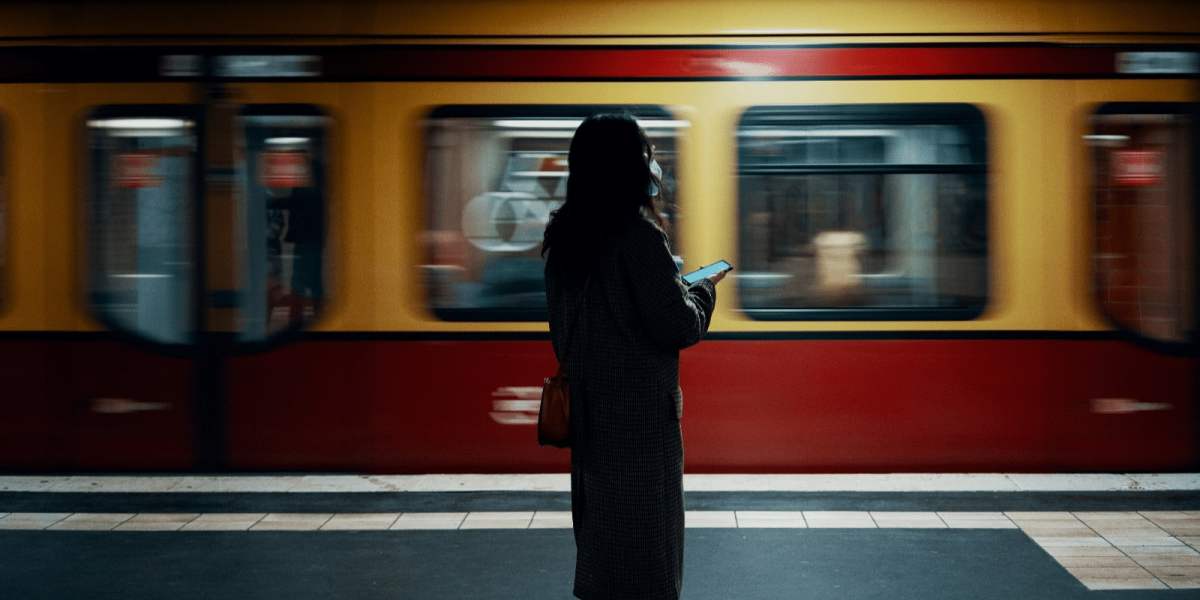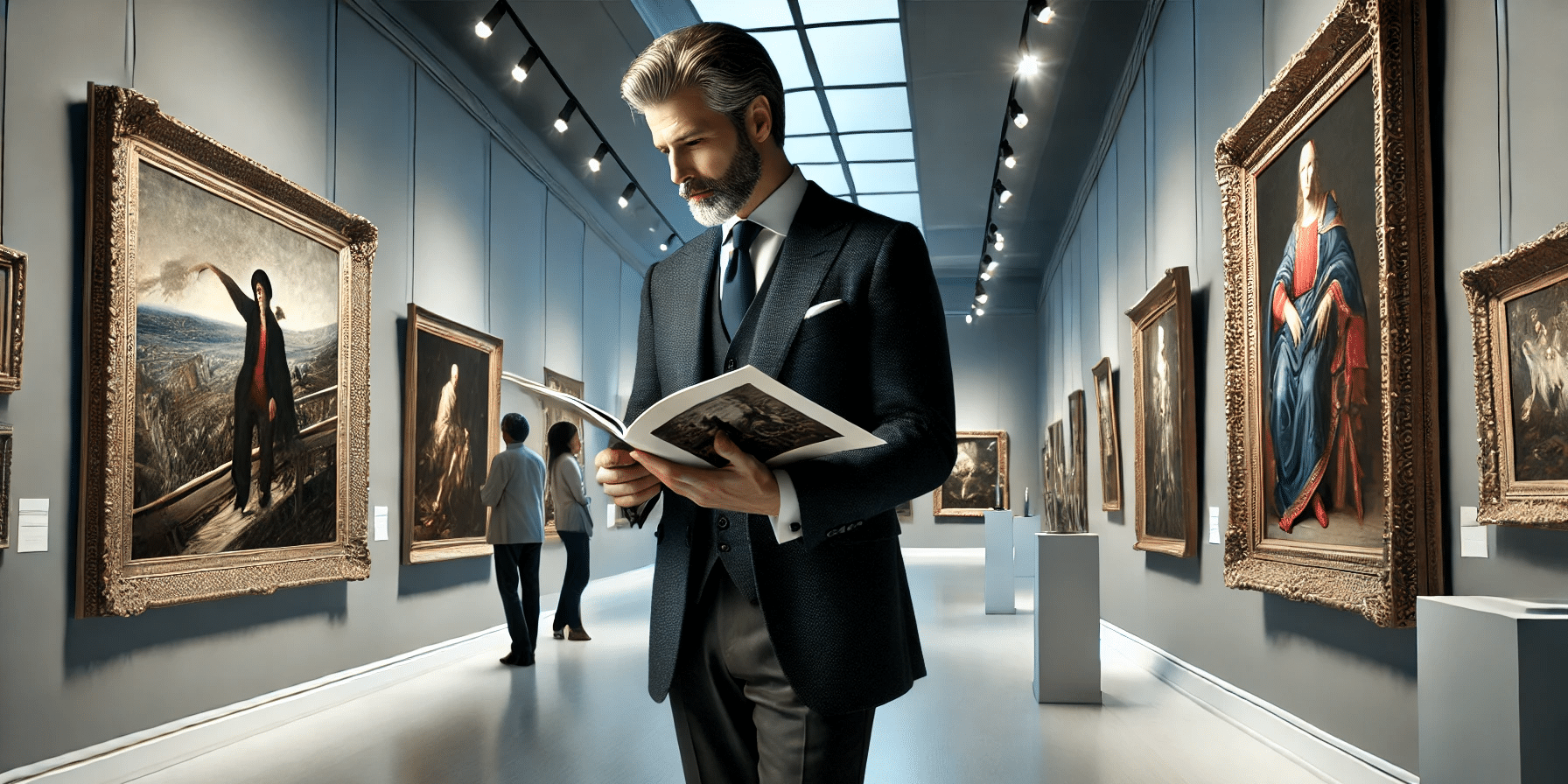In the realm of visual storytelling, contrast plays a vital role in enhancing the cinematic experience, adding depth, drama, and visual interest to movies and TV shows. From the stark juxtaposition of light and shadow to the vibrant interplay of color and texture, contrast serves as a powerful tool for filmmakers and cinematographers to evoke emotion, convey meaning, and engage audiences on a visceral level. In this article, we’ll explore how contrast adds life to movies and TV shows, examining its significance, techniques for its manipulation, and its impact on visual storytelling.
A Multifaceted Tool
Contrast is more than just a technical aspect of cinematography; it’s a fundamental element of visual language that shapes the way we perceive and interpret images on screen. Whether used to create mood, emphasize composition, or highlight character dynamics, contrast plays a crucial role in elevating the aesthetic and narrative impact of movies and TV shows. In this article, we’ll delve into the importance of contrast in visual storytelling, exploring its role in enhancing the cinematic experience and captivating audiences with compelling narratives.
Creating Depth and Dimension
One of the primary functions of contrast in movies and TV shows is to create depth and dimension in visual compositions. By manipulating light and shadow, filmmakers can sculpt the contours of the scene, accentuating shapes, forms, and spatial relationships. The interplay of highlights and shadows adds texture and visual interest to the image, drawing viewers into the world of the story and enhancing the overall sense of immersion. Whether it’s the dramatic chiaroscuro lighting of film noir or the soft, diffused light of a romantic comedy, contrast helps to create a sense of depth and atmosphere that brings the cinematic world to life.
Evoking Mood and Atmosphere
Contrast also plays a crucial role in evoking mood and atmosphere in movies and TV shows. The use of light and shadow can dramatically alter the emotional tone of a scene, signaling to the audience the mood and intensity of the storytelling. For example, low-key lighting with deep shadows and high contrast may convey a sense of mystery, tension, or danger, while high-key lighting with soft shadows and low contrast may evoke feelings of warmth, intimacy, or serenity. By carefully manipulating contrast, filmmakers can manipulate the emotional response of the audience, guiding their interpretation of the story and immersing them in the world of the narrative.
Enhancing Visual Dynamics
In addition to creating depth and evoking mood, contrast enhances the visual dynamics of movies and TV shows, making them more visually compelling and engaging. Bold contrasts between light and shadow draw attention to key elements of the frame, guiding the viewer’s eye and reinforcing the narrative hierarchy. Whether it’s a dramatic close-up illuminated by a single spotlight or a sweeping landscape bathed in soft, golden light, contrast helps to create visual focal points and direct the viewer’s gaze, enhancing the overall clarity and impact of the storytelling.
Techniques for Manipulating Contrast
Cinematographers employ a variety of techniques to manipulate contrast and achieve their desired visual effects. This may involve controlling the intensity and direction of light sources, using filters and diffusion materials to soften or enhance shadows, or adjusting exposure settings to optimize dynamic range. In some cases, filmmakers may even enhance contrast in post-production through digital color grading and compositing techniques, allowing for greater creative control and flexibility in crafting the visual aesthetic of the film or TV show.
Bringing a Whole New Experience
Contrast plays a vital role in adding life to movies and TV shows, enriching the visual storytelling experience and captivating audiences with compelling narratives. Whether used to create depth, evoke mood, or enhance visual dynamics, contrast serves as a powerful tool for filmmakers and cinematographers to express their artistic vision and engage viewers on an emotional level. By understanding the importance of contrast and mastering techniques for its manipulation, filmmakers can elevate the cinematic experience and create truly memorable works of visual storytelling.







